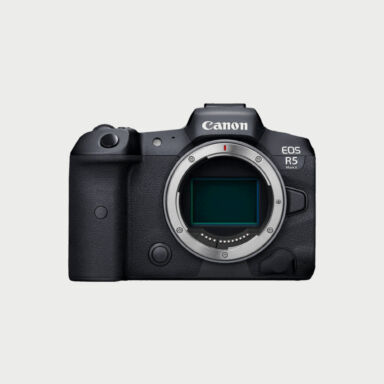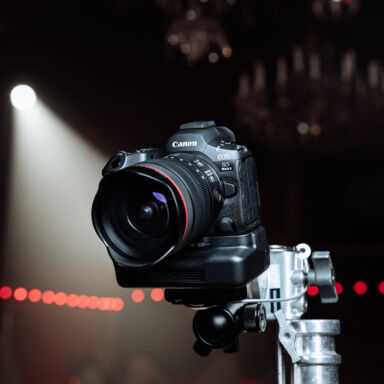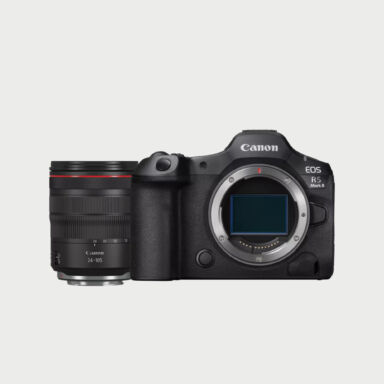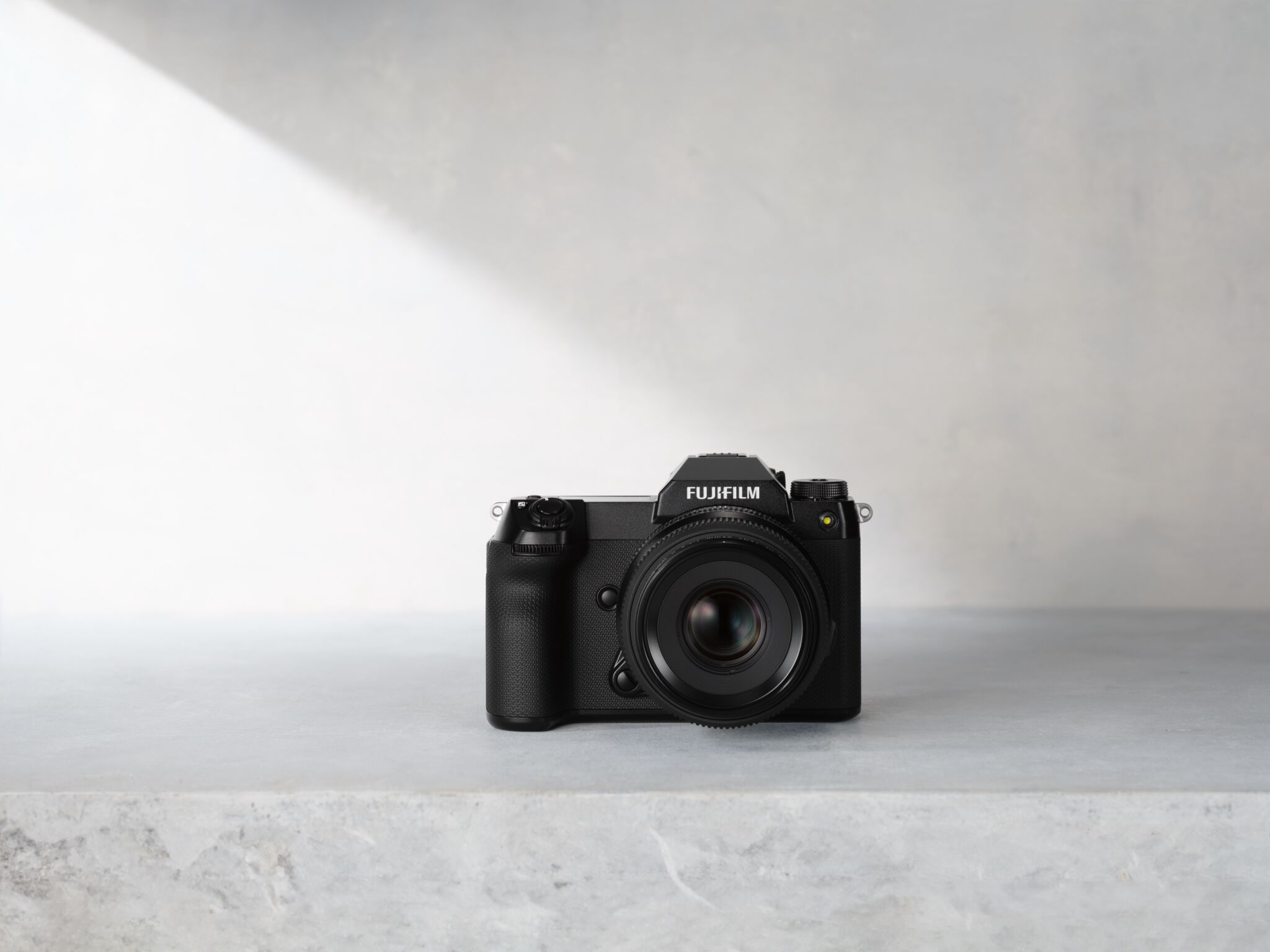The GFX100S II is the latest medium-format camera in the Fujifilm GFX range. It offers a lightweight design, powerful image stabilization and fast, high-precision autofocus. Find out what’s new in the GFX100S II, and how it compares with the GFX100 II and GFX100 S.
While Canon had announced the forthcoming release of the EOS R1 camera, the brand has reserved a surprise by unveiling the new EOS R5 Mark II.
This new body is the long-awaited successor to the high-resolution hybrid camera already adored by professional photographers, the Canon EOS R5.
The R5 was released in 2020, and it was only in July 2024 that its successor, the R5 Mark II, was unveiled by Canon. The arrival of the EOS R5 Mark II promises significant improvements across the board.
In this article, we review the new features of the EOS R5 Mark II, as well as the improvements and comparisons with its predecessor, the R5, which was already a favorite among professional photographers.
Table of contents
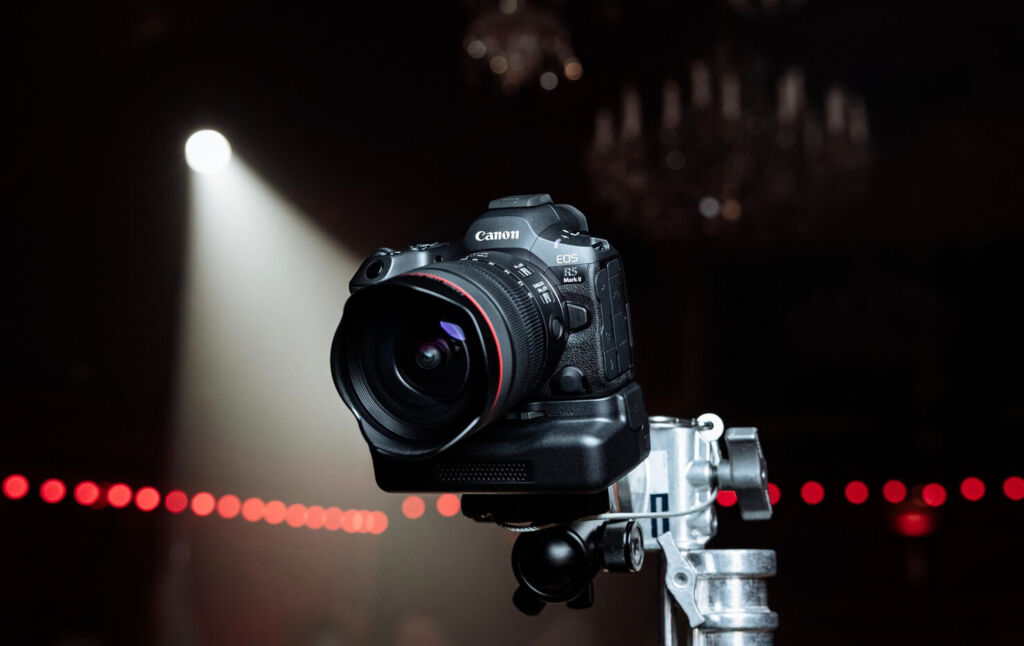
1. What’s new in the R5 Mark II?
Sensor and new technology
The R5 Mark II incorporates a 45 megapixel image sensor and benefits from Canon’s new Accelerated Capture Imaging Platform technology.
This includes the DIGIC X processor, a machine-learning-enhanced DIGIC Accelerator chip and a new 24×36 sensor that is both stacked and backside illuminated.
DIGIC X is a new feature compared to the R5, enabling the R5 Mark II to outperform its predecessor in a number of specifications.
Improved continuous shooting
The R5 Mark II’s stacked sensor promises significantly faster playback speeds and a reduction in moving shutter compared to its predecessor, the R5.
In fact, the increase in speed is a major improvement of the R5 Mark II.
The DIGIC Accelerator gives the EOS R5 Mark II the ability to record up to 30 frames per second with an electronic shutter, compared with 20 frames per second with the R5. When using the mechanical shutter, the camera is limited to 12 frames per second.
The R5 Mark II also features a pre-shot loop recording function, allowing up to 15 images to be saved before the shutter is released. Ideal for saving moments that happen too quickly.
Canon claims that with its faster data transfer (stacked technology) and advanced processing chip, the R5 Mark II significantly reduces rolling shutter effects, to the point of eliminating this phenomenon altogether compared with the EOS R5.
This makes the EOS R5 Mark II particularly powerful when capturing high-speed bursts.
All these technologies enable continuous shooting without the blackout effect, making it easier to follow a subject.
Dual Pixel Intelligent AF
The EOS R5 Mark II once again uses artificial intelligence to offer (like the new EOS R1) a new autofocus module, Dual Pixel Intelligent AF. This is new compared with the R5, which benefited from Dual Pixel AF II autofocus.
The DIGIC Accelerator recognizes new shapes (horses, trains, planes, etc.) and people, even when they are momentarily hidden.
Action Priority mode detects soccer, basketball and volleyball players, moving the active AF point in response to specific actions, such as a shot on goal from a high-speed pass.
From Pixel Shift to Up-Scaling
The EOS R5 Mark II does not offer the high-definition pixel shift 400 MP mode, which was available in JPEG on the first EOS R5 (thanks to an upgrade).
Instead, the R5 Mark II incorporates an artificial intelligence enlargement function, thanks to a dedicated chip. It is now possible to decide directly from the camera to enlarge an image.
This feature doubles the size of a 45 MP image in both length and width, to 179 MP.
While this approach avoids the problems associated with pixel shift, such as the risk of blurring or shaking, it remains to be seen whether upscaling is effective in reproducing all details without unwanted artifacts or smoothing.
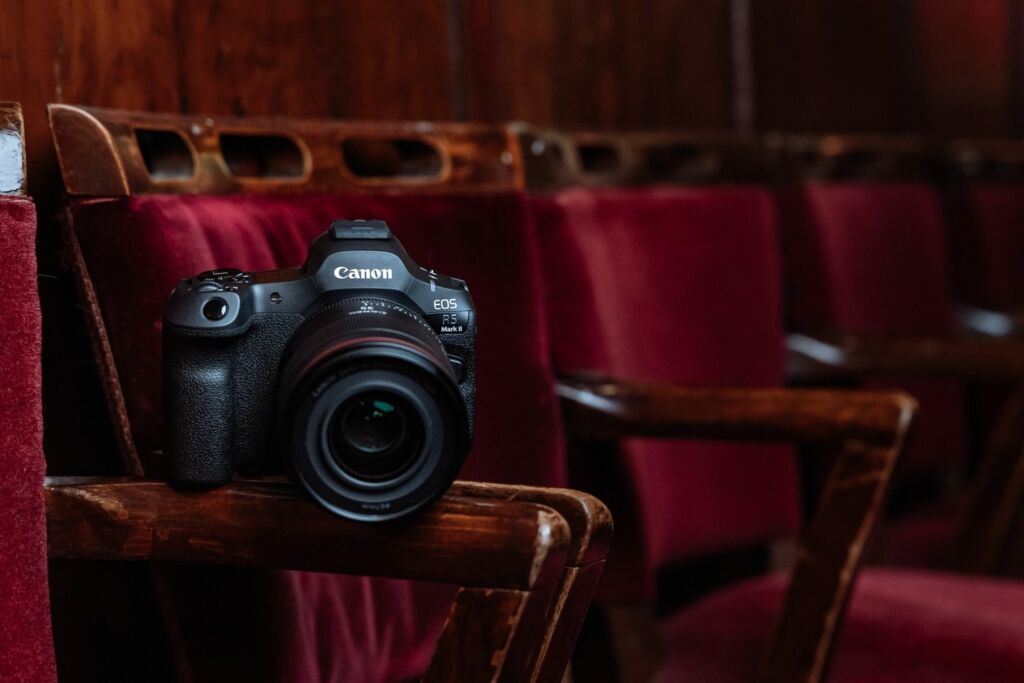
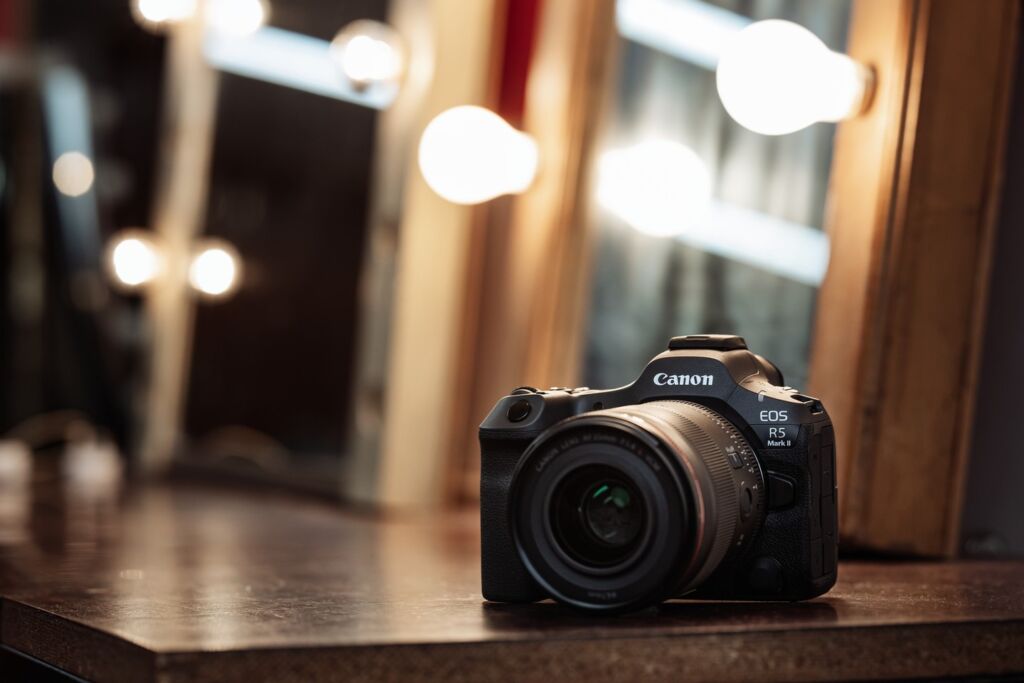
2. What remains similar on the R5 and R5 Mark II?
-
EVF electronic viewfinder
The R5 II features a 5.76-million-dot electronic viewfinder (with 0.76x magnification). It does not evolve in terms of definition or magnification compared to its predecessor, the R5.
This viewfinder enables the R5 Mark II the use of Canon’s AF Eye Control mode. This means that photographers can control the autofocus zone using their eye when shooting through the electronic viewfinder.
-
Image stabilization
The Canon R5 already boasted a pretty incredible stabilization system, with in-camera 5-axis image stabilization (IBIS) offering up to 8 levels of compensation when used with certain compatible lenses.
The R5 Mark II is slightly improved, offering up to 8.5 levels of image stabilization.
-
Storage and memory card slot
The R5 Mark II, like the R5, features a CFexpress Type B slot and an SD UHS-II card slot. The CFexpress Type B slot uses CFexpress 2.0 technology, rather than the new CFexpress 4.0 standard.
Although the R5 Mark II’s buffer memory is deemed satisfactory, with the capacity to store up to 150 images in RAW+JPEG format, the integration of the CFexpress 4.0 standard could have enabled further improvements in this area.
3. Video enhancements
Significant improvements have also been made to video.
The R5 Mark II boasts waveform display, tally lamp, DCI 8K/30p video recording, RAW and HDR recording, as well as 4K/60p, among other features.
It’s also possible to shoot at 1920 x 1080 30p and simultaneously record images at 33.2 MP (JPEG, 16:9 ratio) without interrupting video capture. As with photography, you can take advantage of a 5- or 3-second loop before triggering the shutter.
The R5 Mark II is equipped with a full-size HDMI port for external recording and output, as well as independent microphone and headphone jacks. What’s more, it works with a new optional vertical grip featuring an integrated cooling fan.
Not only does the cooling grip extend recording times, but the R5 Mark II also uses Canon’s LP-E6P battery, offering longer battery life than the previous R5.
One of the main differences between the two cameras is that the R5 Mark II can record in 8K/60p for 120 minutes, while the EOS R5 can only record in 8K/30p for 20 minutes before overheating.

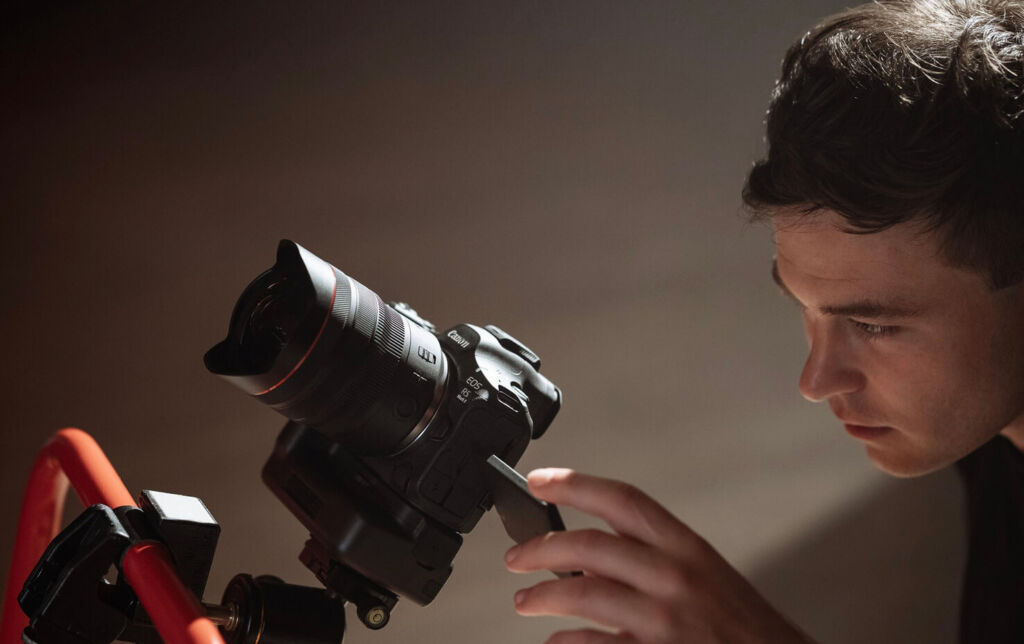
4. Ergonomics and design
Compared side by side, the two generations of EOS R5 are hardly distinguishable.
The new model is slightly larger (138.5 × 101.2 × 93.5 mm vs. 135.8 × 97.5 × 88 mm) and only slightly heavier (746 g vs. 738 g).
Canon has retained similar dimensions, which is rather welcome.
Regulars and new buyers alike will not be confused by these minor adjustments.
While the original EOS R5 could experience overheating problems when recording in 8K at launch, Canon has taken significant steps to improve recording time. A new air vent is visible on the left side of the body, near the ports, facilitating the evacuation of hot air.
5. Price and availability
The EOS R5 Mark II is now available for pre-order, and according to Canon will be available sometime in August 2024.
The camera is priced at 4799€ (compared with 4049€ for the R5). Pre-order your Canon EOS R5 Mark II at 50.8 Shop.
A kit is also available with the EOS R5 Mark II and RF 24-105mm F/4.0 L IS USM lens, priced at 6099€.
- Keep in touch on instagram
- Keep in touch on instagram
- Keep in touch on instagram
- Keep in touch on instagram
- Keep in touch on instagram
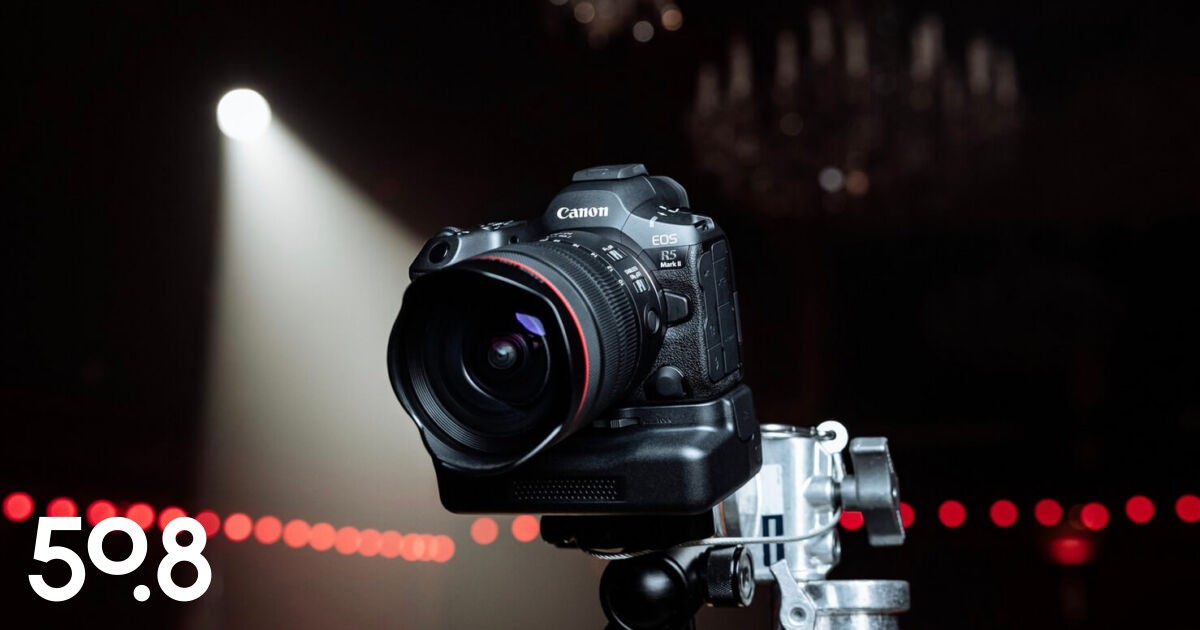
Benefit from exclusive offers, inspiring stories and a welcome voucher when you subscribe.




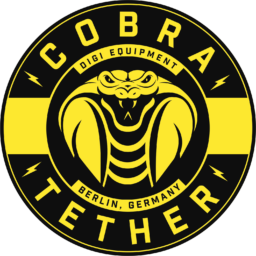

















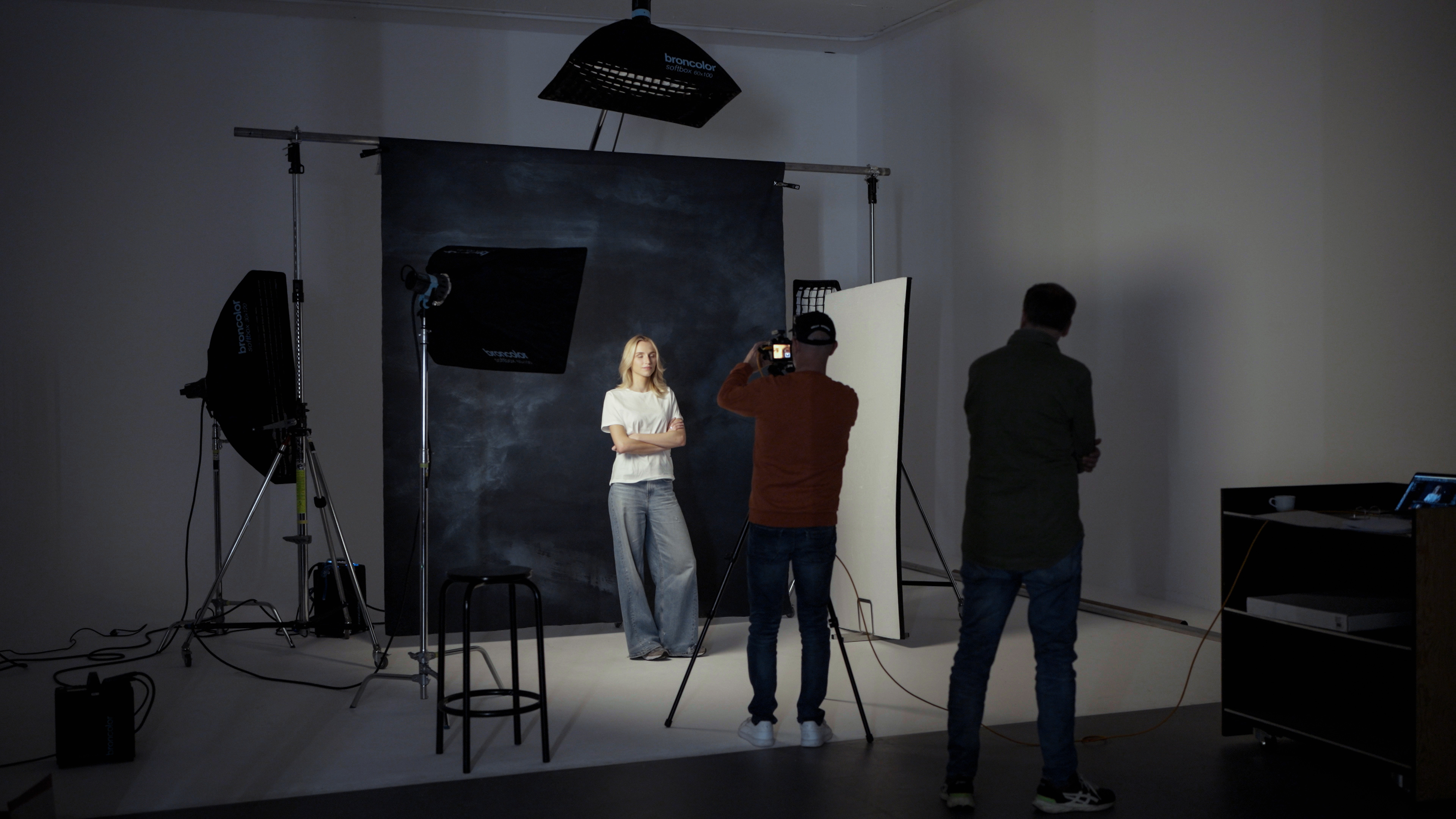


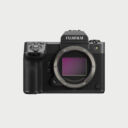 Photo
Photo 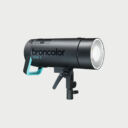 Lighting
Lighting 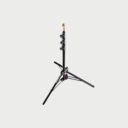 Tripods & Grip
Tripods & Grip  Digital
Digital  Bags & Cases
Bags & Cases 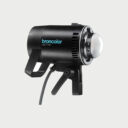 Continous lights
Continous lights 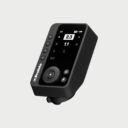 Transmitters
Transmitters 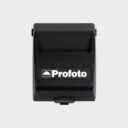 Accessories & Parts
Accessories & Parts  Accessories tripods & grips
Accessories tripods & grips  Monitors
Monitors 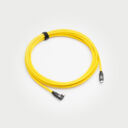 Cables & Tether
Cables & Tether 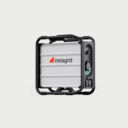 Portable power stations
Portable power stations  Sling bags
Sling bags  Rolling bags
Rolling bags  Organizers & Pouches
Organizers & Pouches 